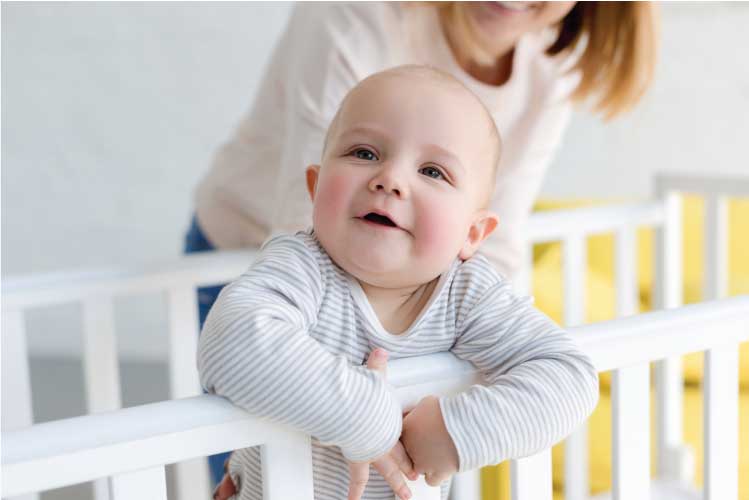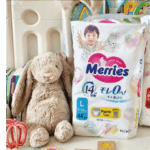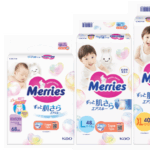As a parent, you would have realised by now that you can’t possibly watch over your baby all through the day and night. When your baby is asleep, for instance, especially at night, he may not be under your watchful eye due to the fact that you too would probably be asleep. While no sleeping arrangement can offer you a 100% guarantee of safety for a baby, there are many things you can do to create the safest possible sleeping environment.
Crib safety
It’s easy to take baby cribs for granted, whereby many parents pay somewhat more attention to its visual appeal rather than its safety points. Although cribs are created for babies to sleep in, the thing could go awry if parents are not aware of it. For this reason, do keep the following in mind:
- Ensure safety standards are met. All baby cribs need to meet relevant consumer safety standards for our country. Note too that it’s generally believed that cots and cribs manufactured before 1982 can be dangerous and should not be used for your little infant.
- Ensure the safety of the paint used. We already know of the dangers of lead in paint, so before you use a crib, be certain the paint is not lead-based and does not crack.
- Anything loose? Look for missing or lose slats or loose screws on the crib.
- A distance of crib toys. Keep crib toys such as baby mobiles out of your baby’s reach.
- Baby sleeping bag: Consider using a baby sleeping bag which is specially designed for safe and comfortable sleep for babies, rather than a blanket that can be kicked off. If you do use blankets, however, see that your baby’s feet touch the bottom of the crib and cover only as far as your baby’s chest. That way he can’t wiggle under the covers and his face will not be covered by the blanket.
- Avoid overheating. This can easily happen during the night if a baby is dressed inappropriately. Use your good judgment with this to ascertain the most comfort for your baby.
- Keep crib rails up at all times: It’s easy to ignore this, especially when the baby is still an infant, but like many other parents who made that mistake can attest, it’s a good habit to keep it up to avoid accidents of the baby rolling over and falling off.
- Keep baby’s crib as bare as possible: Baby’s hands have quite a good grip on anything – the last thing you want is for your baby to hurt himself.
Additional tips:
- Ensure there is nothing on the wall above your baby’s sleeping spot, which may accidentally fall and hurt him
- Ensure your baby is dressed in accordance with the room’s temperature
- A baby’s crib should be placed away from windows and power points
- Avoid any long drawstrings, ribbons or cords on baby’s sleeping area, or on his clothing. If the baby’s pacifier has a cord or ribbon, make sure it is no longer than six inches.
- Use a baby monitor if your baby sleeps in his own room/nursery
Safety with bed-sharing (co-sleeping)
If your baby sleeps on the bed with you, it is crucial that you always keep in mind that your bed is not designed like a crib, and hence it lacks many safety features a crib will have. Since it’s not designed to meet the safety needs of an infant, you’ll have to be extra careful when you prepare your bed for co-sleeping. Here are a few useful pointers.
- Slat size: Make sure headboards and footboards do not have slats wide enough to entrap your baby’s head. Slats should be no more than 6 centimeters wide.
- The firmness of sleeping surface. Your baby should be sleeping on a firm surface. Ensure that your mattress is not too soft or sagging for these might pose a suffocation risk.
- Install a guard rail. Your baby might not yet be mobile, but accidents still do happen, like a baby rolling off a bed. You can prevent such incidents by using a guard rail or moving your mattress against the wall. Avoid guard rails with slats though, and instead, get one made from mesh.
- Bed size and space. Ensure that your bed is not too small or too crowded, for it will be unsafe for a tiny baby.
- Space between mattress and wall. Care needs to be taken to avoid your baby becoming entrapped between the mattress and the wall or mattress and bed rail.
Other points to ponder if baby shares a bed with you:
- If you or your partner are exceptionally overweight or obese, consider the use of a side crib instead of having your little infant on the bed with you.
- Don’t put your baby to sleep alone in an adult bed.
- Take care to avoid overdressing your baby, since your body (and your partner’s) are an added heat source.
- Don’t wear lingerie with string ties longer than 8 inches and avoid wearing dangling jewelry. Your baby may get caught in these entrapments.
- If your hair is very long (at or approaching waist-length) it should be pulled back and fastened to prevent it from getting wound around your baby’s neck.
- Never sleep with your baby if you are under the influence of drugs, alcohol or any substance that could diminish your awareness.
- Adults sharing the bed should not smoke.
- Babies under 12 months should not co-sleep with older siblings.
Apart but not far
For parents who don’t like sleeping apart from their baby, but are fearful of sharing a bed with their baby, try using a sidecar arrangement. These are crib-like infant beds that attach securely and safely next to an adult bed.
















